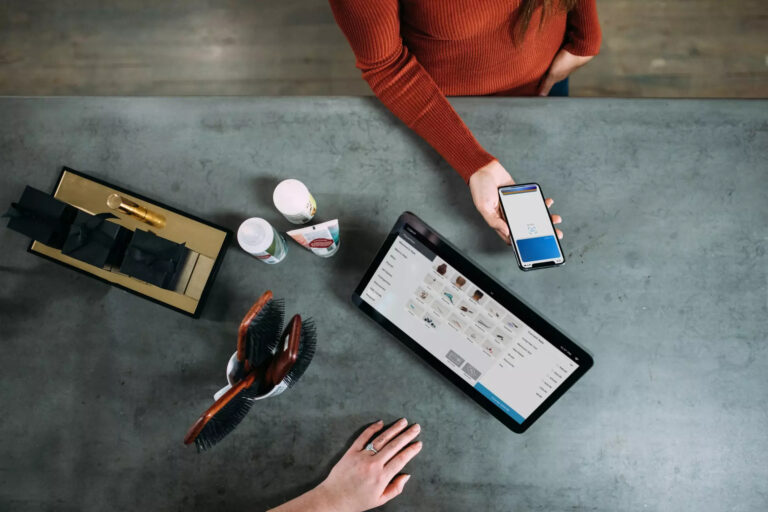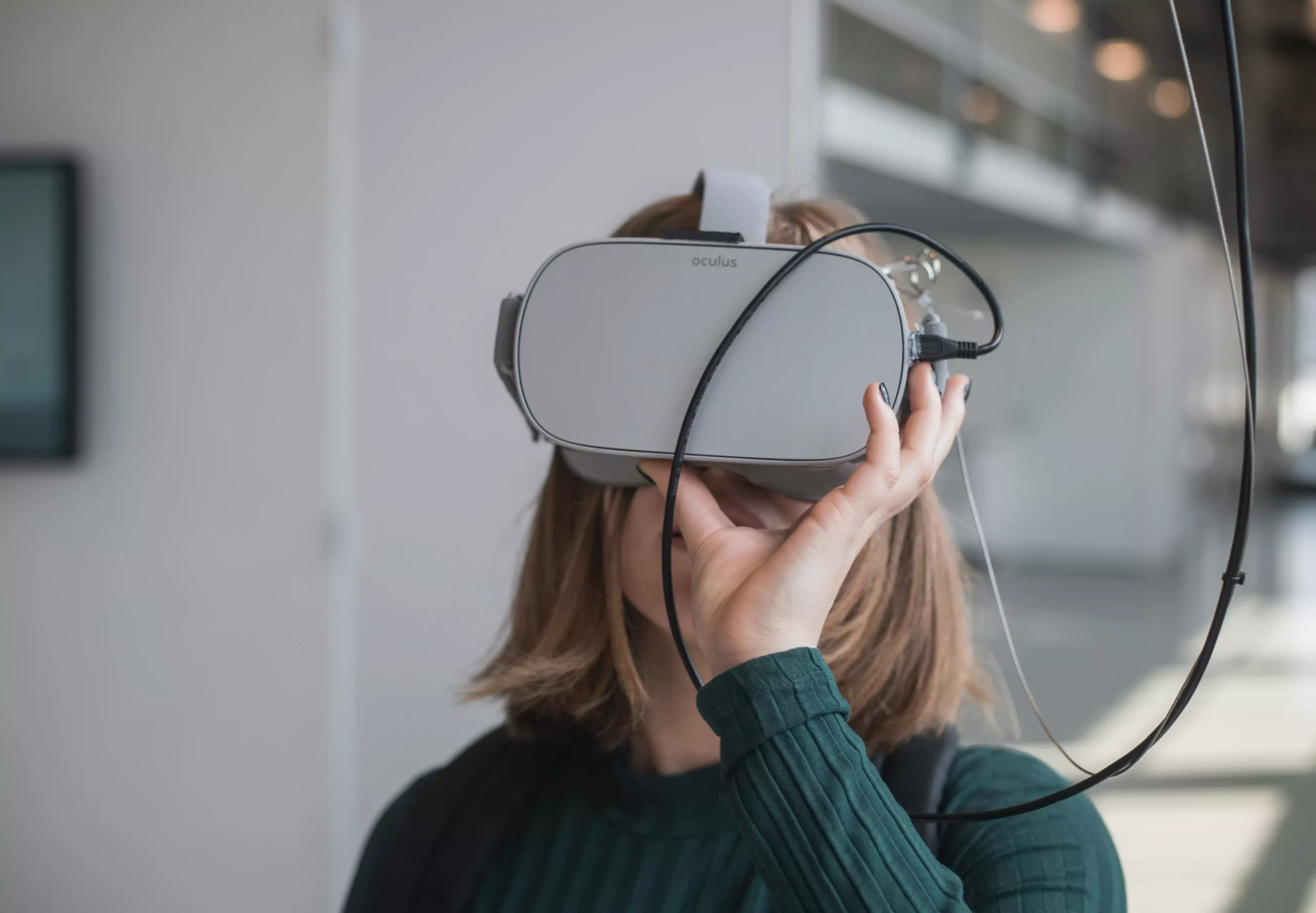2022 Retail Digital Trends: How To Bring Online into Offline Spaces

For the past ten years, you have had two options when it comes to shopping: offline and online. But these days, there is a third option. As more and more people chose online shopping, in-store shopping experiences had to adapt. The rise of e-commerce brought with it an entirely new set of expectations for shoppers, and more importantly, for brands. The retail digital trend of 2022 will be to bring the online world into the offline retail space, bridging the gap between online and in-store experiences.
This trend optimizes the best of offline and in-store by improving customer experience, and in many cases, streamlining the buying process. Thus, saving time and money for the retail companies.
No longer is it enough to sell products online. Companies have to provide a seamless experience that doesn’t just meet but exceeds customer expectations for speed and convenience.
Today we’ll look at how to combine your online and offline spaces to bring the best of both worlds together.
Physical stores need to adapt
It’s not just online retailers who need to up their game. Physical stores won’t vanish, but they will have to adapt if they want to stay open. In fact, according to research by retail intelligence firm PSFK, one of the biggest trends we’ll see over the next five years is “a resurgence of physical retail experiences.”
Over the next few years, we’ll see fewer people shopping exclusively in stores or online. Instead, they’ll be doing a combination of both. Stores might also start carrying a smaller selection of inventory, encouraging people to buy everything else online. That way, shoppers can still try things on before buying them or get items immediately rather than waiting for shipping, but stores don’t have to worry about enough stock.
Offer a personalized experience with digital signage
A benefit of shopping in-store rather than online is that shoppers can get a personalized experience. But this too can be improved with a digital twist.
Digital signage replaces traditional signs and brings it into the twenty-first century. While traditional signage could take weeks to be designed, printed, and delivered to stores, digital signage can all be done with the touch of a button. This is especially crucial for enterprises, which can have many stores in different locations.
The personalized element is introduced with the ability to up-sell key items in certain locations. While California might be promoting sunscreen, customers in Seattle are more likely to be in need of an umbrella.
In a recent Visa Back to Business global research study, 44% of consumers say they would not shop at a store that only offers contact payment methods. As we move into 2022 and beyond, retailers can expect more customers to demand frictionless shopping experiences. While e-commerce sales continue to grow, physical stores are still an important part of the customer experience for many consumers. Retailers must find ways to give customers a seamless experience that bridges the gap between their online and offline channels. Digital signage is one technology that can help them achieve this goal. And it doesn’t just belong on screens on your walls either. For a truly integrated feeling, you can project your signage onto floors, directing customers to the product you want to introduce them to.

Streamline the buying process with smart devices
Personalization is the key for retailers who want to stay competitive through 2022. As the use of smart devices expands, consumers will expect retailers to use technology to make their shopping experience more personalized. Retailers can do this through in-store analytics, online recommendations, and virtual assistants that guide shoppers through the store.
One of the easiest and fastest ways to combine your online and in-store experiences is the use of apps.
Features such as buying online or through an app and then pick-up items in-store have been used for some years now. But apps can be used for much more. This is especially useful in grocery stores, where customers can scan in-store items using the store app to get more information, such as where it originates or the ingredients.
Many stores are already using apps to streamline the buying process. For example, shoppers scan items as they go using their phones. Making the checkout experience much faster and simple. This vastly reduces wait times and improves the overall customer experience.
Jim Fosina, CEO of Fosina Marketing Group, says that in order to succeed, retailers must focus on engaging customers with content they find interesting or relevant. “The focus is moving towards engaging the customer on the value proposition of what you offer them”.

VR and AR-Powered Shopping Experiences
Virtual reality and augmented reality might sometimes feel like they belong in a sci-fi film. The truth is, they’re here and they can vastly improve the customer experience.
Apple already uses VR on their app, allowing you to inspect a new iPhone or iMac in your own home. The same idea can be used in retail. Using an app on their phone, customers could scan a product code and have it appear in front of them, or on their phone screen anyway. This is perfect for items that need set up, like furniture. This way, customers get a better idea of the product’s size and aesthetics, making sure it will fit their homes. They can now be able to view the product from all angles without it taking up room within your store.
Other digital trends retails are exploring are virtual changing rooms. Where customers can virtually try on clothes or test out beauty products. With augmented reality mirrors stores enhance the way customers select clothing and accessories. This is becoming a popular option among retailers as more beauty brands are using this technology to personalize their customer’s experience.
Another retail digital trend on the rise are sensors that track products. This trend allows retailers to get a better idea of what shoppers pick up and like or not.

Combining the digital world seamlessly with the real world is the next step in customer experience in retail. And we can help by offering everything from digital signage installation to engaging digital content for your retail space.
Contact our team today or sign up for a free trial of WovenManager.
Written by Alexandra Wyllie



